



Understanding the Military Survivor Benefits Plan
When a military member is preparing to retire from active duty or from the reserves there are big decisions to make regarding retirement pension and survivor benefits. One option servicemembers may consider is the Survivor Benefits Plan (SBP), which provides retirement income to their family after their death. If you or someone you know is eligible for the Survivors Benefit Plan, here are answers to some common questions.
What is the Survivor Benefits Plan?
The Survivor Benefits Plan is a government subsidized program for retired military members and their families. This plan allows military members to reduce their retirement pension to pay with pre-tax dollars into the Survivor Benefits Plan. Upon the servicemember’s death there is a monthly annuity allotted to the plan’s beneficiary. The Survivor Benefits Plan allows military retirees to extend the amount of time they receive retirement income, so that even after death they can ensure their family is taken care of.


Who is eligible to pay into the Survivor Benefits Plan?
Any servicemember is eligible to pay into the Survivor Benefits Plan after they’ve served 20 years in the military and elect to pay into the program upon their retirement. Veterans cannot opt-in to the program later than their retirement date; they must choose to join or forgo SBP when their retirement and pension begins.
How does SBP work?
The Survivor Benefit Program works by redirecting a portion of retirement income from a military member’s pension to the Survivor Benefit Plan. If the retiree chooses to opt into SBP, up to 6.5% of their gross retired pay, in pre-tax dollars, can be allocated to the Survivor Benefits Plan fund1. The redirection of retirement income happens over several years. When the military member dies, any beneficiaries of the Survivor Benefits Plan will begin to receive monthly payments equivalent to the value of 33% or 55% of the servicemember’s pension payment. These payments are inflationadjusted1.
Who can be a beneficiary?
The beneficiary is the individual or individuals selected by the servicemember to receive the SBP payments after the military member’s death. Beneficiaries can be the military retiree’s children and/or
spouse or an insurable interest, such as a business partner. For children to be eligible to receive the payments, they must be under 18 years old, or be 22, unmarried and a full-time student when the veteran dies. Once a child reaches the age of 18 or is no longer 22, unmarried, and a full-time student, the distributions will cease. A spouse will receive the monthly payments, if they are a beneficiary, at the time of the servicemember’s death and end at the time of the spouse’s death.
How long can a person contribute to the SBP?
A Survivor Benefit Plan is considered “paid out” after 360 monthly payments (30 years) and when the owner of the plan has turned 70. At that point, the military member can stop allocations to the SBP plan, and their beneficiaries will still be covered3.
Can I cancel my plan?
The decision to pay into the Survivor Benefits Plan is often considered irrevocable. There is a small window of time between the second and third years of retirement in which the plan can be cancelled, but it cannot be renewed. Outside of this window, the SBP can’t be terminated except under very extreme changes in circumstances.
If you or someone you know served in the military, consider how the Survivor Benefits Plan can help provide financial confidence. A financial profes-
sional can help determine if this benefit is suitable for an individual based on their long-term goals and financial situation.
1- Department of Defense: “Survivor Benefit Plan Overview”. https:// militarypay.defense.gov/Benefits/ Survivor-Benefit-Program/Overview/
2 - Ameriprise Financial: “Ameriprise Advisor Handbook for Military Clients”.
3 – Department of Defense: “Paidup Survivor Benefits Program”. https://militarypay.defense.gov/ Benefits/Survivor-Benefit-Program/ Paid-Up-SBP/
Duane J Lusson, CFP, ChFC, CLU, MSFS, is a Private Wealth Advisor with Ameriprise Financial Services, Inc. in Ottumwa, Iowa. He specializes in fee-based financial planning and asset management strategies and has been in practice for 30 years. To contact him, call 641-684-4200 or stop by his office at 527 W. Second in Ottumwa, Iowa.
Investment products are not insured by the FDIC, NCUA or any federal agency, are not deposits or obligations of, or guaranteed by any financial institution, and involve investment risks including possible loss of principal and fluctuation in value.
Ameriprise Financial cannot guarantee future financial results.
Securities offered by Ameriprise Financial Services, LLC. Member FINRA and SIPC.
© 2024 Ameriprise Financial, Inc. All rights reserved.
File # AMP6892300.1-





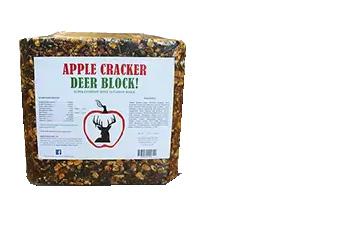
















Father Commissions Son to 2nd Lieutenant
22 Years Later, Father Promotes Son to Colonel.
The apple doesn’t fall too far from the tree. Both Ken Madden and his son Sean, of rural Crawfordsville, graduated from the University of Iowa, and both participated in ROTC—Reserve Officer Training Corps. In 2002 Colonel Ken Madden had the honor of commissioning his son Sean, upon graduation from the U of I, to 2nd Lieutenant. Father Ken is on the Alumni Board at the University of Iowa and, occasionally is asked to assist in the commissioning of new officers. In this instance he jumped at the opportunity to do the honors for his son.
22 years later, on October 11, 2024, Retired Colonel Ken Madden promoted Sean to Colonel at Gettysburg, Pennsylvania. Father Ken couldn’t be more pleased, nor son Sean happier.
But the anomaly doesn’t end there. In 2007, both Ken and Sean were stationed in Iraq, Sean with the Iraqi National Police and Ken with the CIA. It was Thanksgiving Day and Ken had invited Sean to join him for Thanksgiving dinner. They had just sat down when they were bombarded with insurgent mortars. Ken and Sean ran to a bomb shelter, and sat there while their Thanksgiving dinner, with mashed potatoes and gravy, got cold and the dessert warm. Not too many
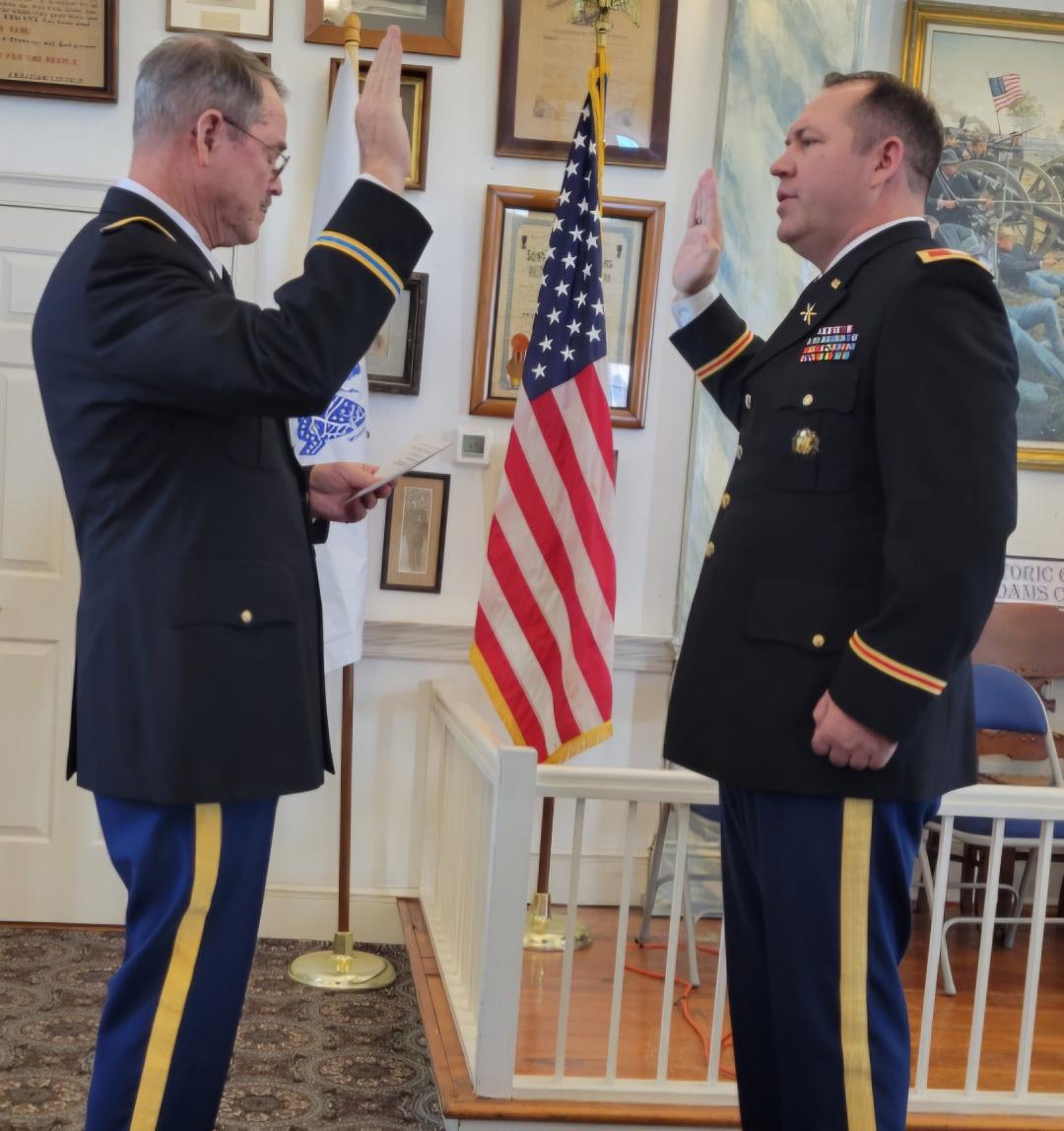
fathers and sons can say they shared a bomb shelter on Thanksgiving Day, and had so much to be thankful for.
Actually, Sean Madden is writing the latest chapter in a long family legacy. It started back before the United States was even a country. Both sides of the Madden family, maternal and paternal, fought with George Washington in the Battle of Manhattan and Long Island, New York.
Both sides of the Madden family fought in the Civil War, World War I and II, and the Vietnam War. Sean’s Uncle Bob, on his mother’s side, did two tours in Vietnam, and conducted the ceremony where Sean’s dad, Ken, promoted Sean to Colonel. It’s a family affair. Sean’s military career started with his family’s guacamole. Yep. Following graduation from college, and as a new 2nd Lieutenant, Sean was in Air Defense Artillery School. The battalion commander invited the new Lieutenants to a “Meet and Greet.” Sean thought he should take
something. So he went to the commissary, bought the ingredients, and made his family’s world-famous guacamole. (He was the only 2nd Lieutenant who brought anything.) The battalion commander’s wife loved it. Sean happened to mention to her that he would like to volunteer for duty in Iraq. Boom. Within a month of graduating from Officer Basics School, Sean was in Qatar.
In his 22 years as an Army officer, Sean has been deployed four times. He was told by a General that the way to make rank in the Army is to seek assignments that are challenging. When they are offered, volunteer. He has done this and his military career has been meteoric. Sean is at the Army War College now, and following his promotion to Colonel, by his father, he should be back at the Pentagon, fulfilling the current chapter of a long family legacy.
Each generation has gone to war, Sean Madden’s generation is no exception.










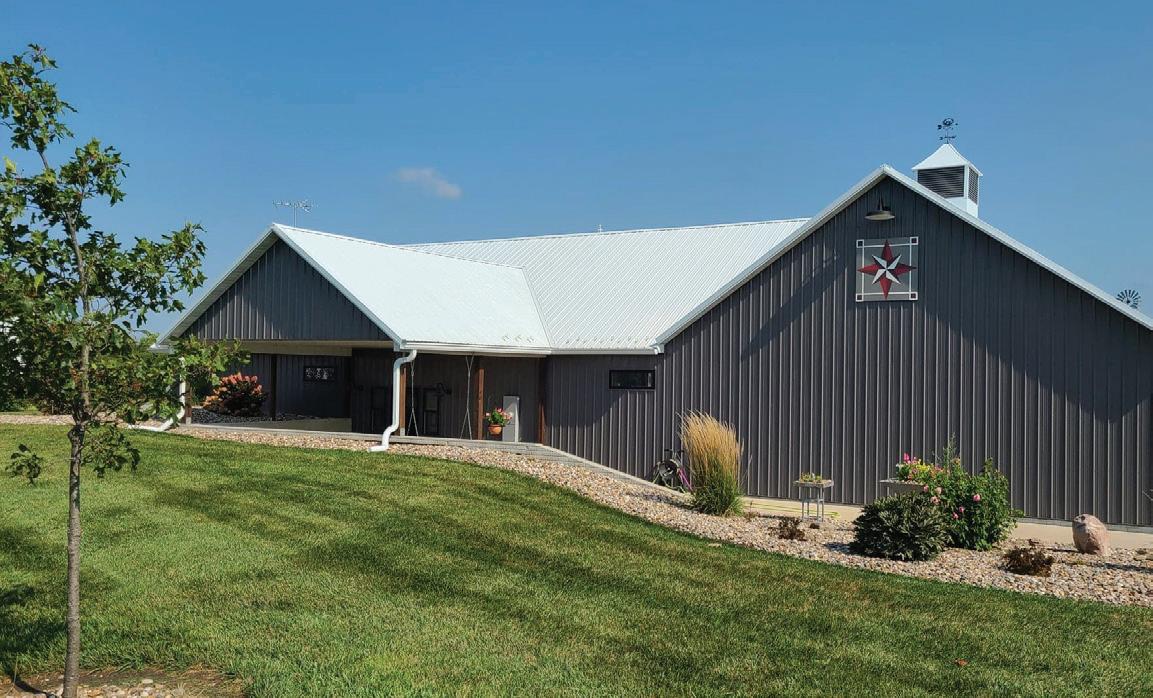




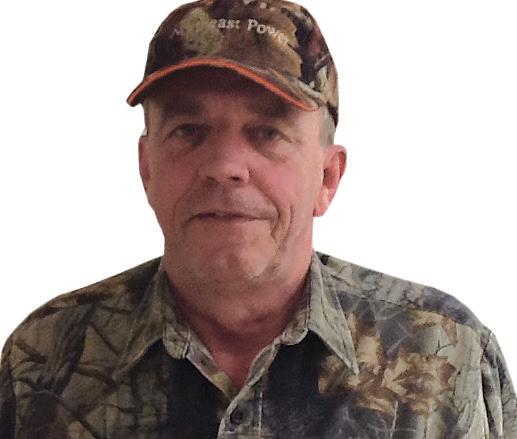
Ways of the World
Last spring, when the trumpeter swans were migrating north, we noticed one swan that always seemed to be alone. Swans hang out in family groups while eating or resting. The family will consist of the two adult birds and anywhere from one to six signets or young from

the previous year. While resting at our lake, family groups would be hanging out in groups. When they leave to go feed in nearby cornfields, the groups will bunch together, trumpet, and take off. The lone swan was always the last to leave in the morning and first to come back in the evening. The swans usually spend two or three weeks at our place before they continue their northerly migration. When they left to go north this spring, the loner stayed behind for a couple of weeks as though it was waiting for another swan to show up. About two weeks ago, one lone trumpeter returned to



our lake. It spends most of its time swimming around, occasionally flying to a nearby cornfield. Over the weekend, two family groups also flew into our lake. When the loner saw the other swans fly in, he trumpeted and swam toward them. They chased him away and broke off into their family groups. I can only assume this is the same lone swan that was here in the spring. Swans mate for life and this one must have lost its mate. It makes a person sad to think it has to spend its life ostracized from the others.
Sunday, my wife and Pat were in his side by side out by Twin Sluices checking the trails. I got a text message telling me to join them. It was cool and sunny as I headed across the dam and up the hill through the top gate. Driving down the hill toward Twin Sluices, I noticed something just off the main path. I stopped and backed up a bit to get a better look. I was startled to see two mature bald eagles laying in a path about twenty feet away. I took a couple of pictures and pondered what to do next. It certainly is not normal to be able to get that close to eagles in

the wild. I drove down and met up with my wife and Pat. I told them what I saw and even if that did not fully believe me, they followed me back up the hill. With two vehicles and three people nearby, the eagles just looked at us. I could only think they were sick or got their talons tangled to -
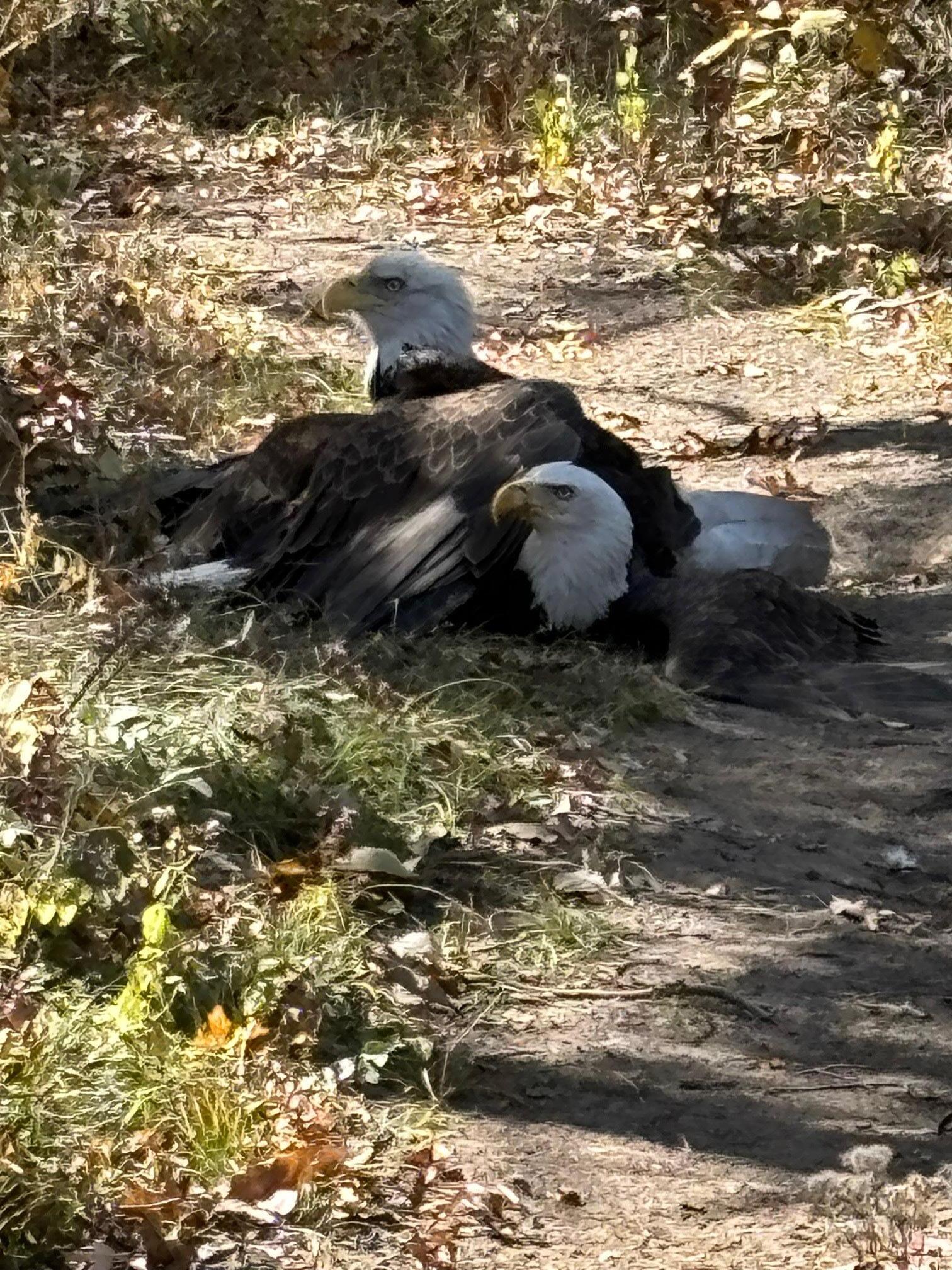
gether while fighting and crashed to the ground. We got out to more closely observe them to see how we could help. I am not sure what we were going to do with no protection from sharp beaks and long talons, but we felt compelled to do something. We made a couple of steps toward them and they jumped up and flew away. There apparently was nothing wrong with them and we may have just interrupted a bit of quiet time between the pair. They may have been taking a dust bath or just sunning themselves out of the wind. Whatever they were doing, we were happy to see there was nothing wrong with them. We do not always understand the ways of nature. Sometimes, to us, it seems cruel and unnecessary while other times it is interesting and unusual. I guess it is not our job to always
